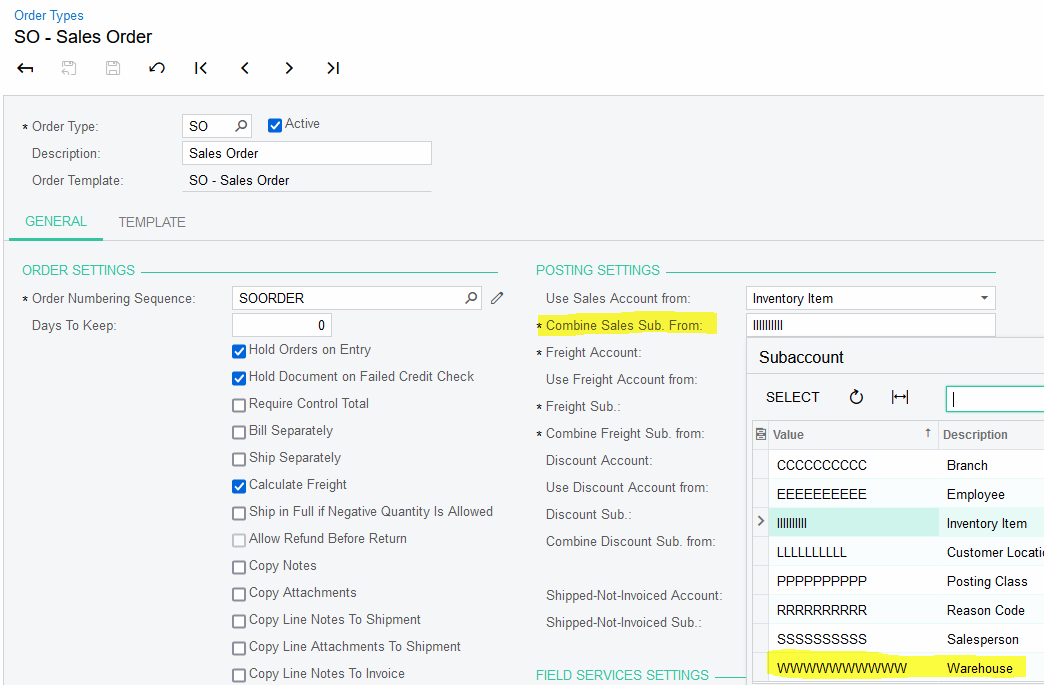I am prototyping the use of subaccounts for the chart of accounts/general ledger. As I am starting to play with this, I am getting flashbacks of previous experiences attempting to use Inventory subitems with Acumatica, which I considered to be a mess. It seemed like the general consensus when I brought up inventory subitems a couple years ago was that inventory subitems were anachronistic and had been useful when the software was at a less mature stage, but now were not considered best practice and shouldn’t be used for a system setup from scratch (they were still there to enable legacy upgrades, etc).
Does anyone have any similar experiences with general ledger subaccounts? I recognize the old “subitem 0”, which was the same as for the inventory subitems. With inventory subitems, if you didn’t want to use a subitem, you couldn’t just have item number 43434. It had to be 43434, subitem 0. Which makes for a lot of extra fields and database entries in the system for no perceivable benefit and is kind of confusing for the users.
Can anyone give some advice on general ledger subaccounts, yes or not? I recognize there is some benefit in keeping the chart of accounts smaller at the top level, as well as allowing for drill-down in the financials, but I also wonder whether these things can be achieved through other means now?





